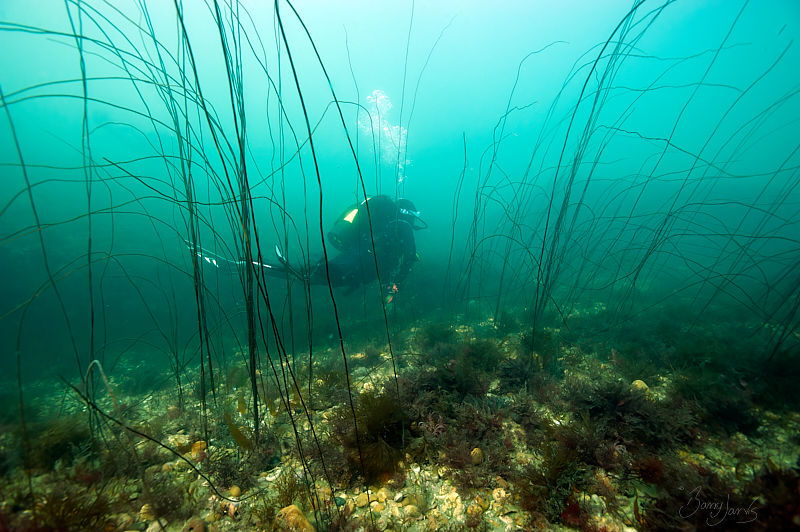Location, location, location: what’s impacting the lobster catch in the Selsey Fishing grounds?
- Mulberry ME
- Dec 11, 2024
- 2 min read
Since early 2020, the CHASM (Crustaceans, Habitat And Sediment Movement) Project has been investigating lobsters and sediment in the seas surrounding the Manhood Peninsula south of Chichester, West Sussex. It is in response to questions raised by the Selsey fishermen during the Seas the Day project, about why so few lobsters were being caught locally and why they were seeing such a large influx of sediment in their fishing grounds.

We do know now, that there has been more change in the marine environment during the last 15 years than in the previous 100. Traditionally rich fishing grounds are seeing reductions in crab and lobster catch, and as Selsey is famous for its crab that presents a serious concern for the fishing families working the area. The changes in crab and lobster catches are not in seen in isolation but with other changes in the marine seabed habitat, water quality, seaweed, and other marine biota. CHASM is looking at the possible reasons for the changes. We know that that ecosystems are a delicate balance of abiotic and biotic factors that work together, the CHASM project is looking at what has changed in that balance.

Initially, the area of study needed to be defined for the CHASM project, you can see it outlined in the blue rectangle seen in the picture. This area includes the inshore fishing ground shown in yellow, and Marine Conservation Zones (MCZ) shown in red. The MCZs shown are Pagham Harbour; Selsey Bill and the Hounds; Utopia; and Bembridge.
An initial report, published in 2020-21 has been the basis used to direct our thoughts towards a whole list of subject areas to be explored by the CHASM project. These included
· Sediment movement and bathymetric changes
· The Impact of dredging
· Sewage inputs into Bracklesham Bay
· Water column monitoring
· Fishing effort
· Runoff from agricultural activities and roads
· Coastal ocean warming and acidification
· Invasive species / species change and disease
· Lobster response to contaminants and sporadic freshwater input
· Freshwater input into the nearshore due to a rising water table
· Changes in density of micro / macro fauna in the nearshore including the MCZ
The CHASM Project team identified 50 work packages falling under five themes that look at what is affecting our coastal sea and the animals that live in it. We then hope the investigation of these area might help explain what is being seen, and form the proposal about next steps.



Comments